7 must-follows tips for buying a used e-bike
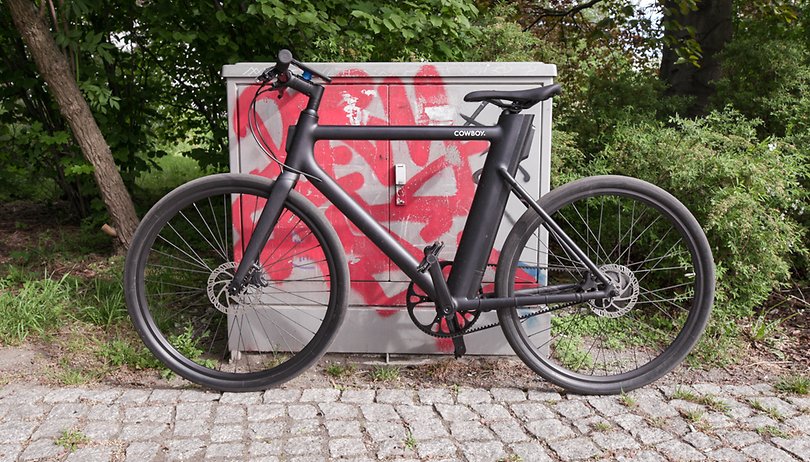

E-bikes are expensive, but a used electric bicycle can be a cheaper option. You should follow these tips if you want to be on the safe side when buying a used e-bike.
Jump right at it:
- Check overall condition
- Check battery capacity
- Mileage vs. age
- Wear, parts and service
- Always demand a test drive
- Purchase contract for private purchase
- Recommended dealers
Check overall condition
If you are looking at a used e-bike or pedelec, although both terms are now used in street sales for the same thing - you should first look at the overall condition. It says a lot about how the electric bike was treated and cared for and whether it had to endure a major accident or fall. Rusty spots, rough scratches, stubborn dirt or flat tires should tempt you to take a closer look, because they point to a somewhat neglected or at least very hard used bicycle, which can possibly entail some additional repair costs.
Check battery capacity and age
You should know this from batteries in general: over time lose capacity, drain more quickly, and thus must be charged more frequently. This is no different with a used e-bike battery. Modern e-bike batteries can withstand 600-700 full charge cycles, which means that lithium-ion or lithium-polymer batteries can be charged from 0 to 100 percent without worry. If you charge your battery only halfway, this will only count as half a cycle.
As a rule of thumb, you can keep in mind that an e-bike battery must be replaced every five to six years. So if you're thinking about buying an e-bike that's five years old but still has the first battery, you should check how expensive a new battery is and keep that in mind during price negotiations.
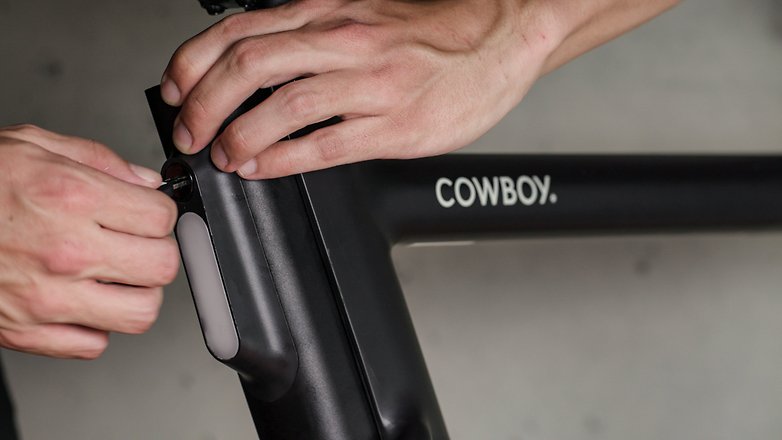
Mileage vs. age
Most e-bikes have a built-in speedometer, which gives information about how many kilometers the electric bicycle has under its belt. This is important for the overall condition of the bike and should be reflected in the purchase price. The mileage is to be considered together with the age of the bicycle. Don't let yourself be discouraged from buying an older e-bike per se - if it has only been ridden a few kilometres by comparison. This is the same logic that goes into buying a car, when it's sensible to consider age and milage together to evaluate how 'used' it is.
Wear, parts and service
A bicycle has some parts that are subject to wear and tear that can be quite a money sink when they need to be replaced. Therefore you should check the brakes, tyres, chain, sprocket and chainring for their condition and, if necessary, have invoices presented to you which tell you when these things were last changed.
Expensive e-bikes and pedelecs, in particular, are often serviced and tracked with a logbook, just like cars. When buying a used e-bike, explicitly ask if the seller does not provide this information. An electric bicycle that has been checked and serviced regularly and expertly reduces the chances of getting caught out when buying used.
You can find more videos on current tech topics on our video page.
Demand a test drive
This point should be self-explanatory. Don't buy a used bike without a test drive! You will not only notice whether the frame size and geometry are suitable for you, but also how the components interact. Does something clatter, rattle or drag? Do the brakes work properly? Does the frame make a robust impression? Is the suspension extremely stiff or soft? You can only find out all these things if you ride the bike yourself. If possible, take the test drive on different surfaces, at least asphalt and cobblestone or unpaved road, and with a gradient or slope. It may take a quarter of an hour. If the seller is concerned that you are leaving with the bike, agree on a deposit that they can hang onto.
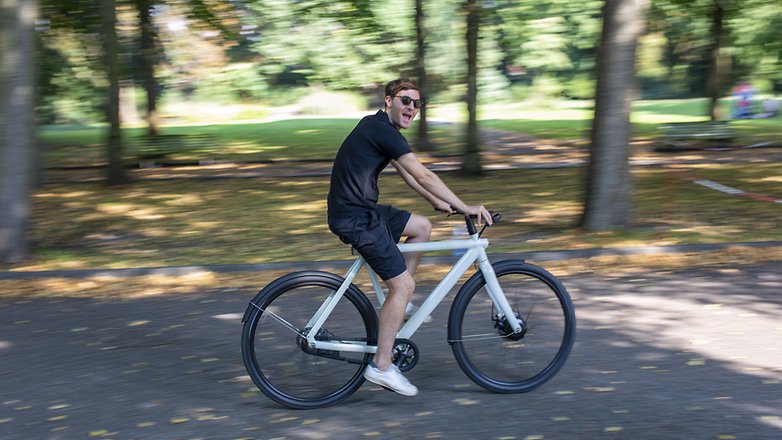
Purchase contract for private purchase
Bicycles are often bought and sold second-hand, and there is nothing wrong with that. However, as a buyer, you should insist on proof of ownership, i.e. you should want to see a proof of purchase of the e-bike before you buy it. In order to protect both you and the seller, it is advisable to draw up a short purchase contract and confirm the payment of the purchase price mutually. The Legal Templates website has a suitable sample purchase contract which you can create and download:
Recommended dealers
The purchase of a used electric bicycle from the dealer is often a bit more expensive than the pure private purchase, but it has its advantages. Dealers usually give a warranty of twelve months, even if the manufacturer's warranty has already expired. You can also be sure that the used e-bikes have been checked and serviced by experts. That can be worth a few dollars or pounds. If you want to buy a used e-bike from an official dealer, have a look at these shops:








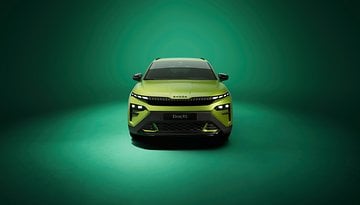

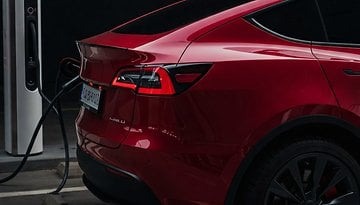









Once again an article written by somebody who has no idea. The mileage vs age piece is completely wrong. A 5 year bike with 500 kms on the odometer will have the battery fail. Yet a 5 year old bike with 5000 kms will probably have a stronger battery. It is actually the complete opposite to buying a car. Low mileage on batteries is bad news. The best way to understand batteries is that they are like your muscles in your own body. Regular exercise will keep them strong, yet lay in bed for 6 months and they will be close to dead. I have seen bikes that are 9 years old and the batteries are fine as they have been rode regularly. I have seen 2 year bikes with dead batteries as they were not used.
The piece on checking the battery is also correct but did not tell you how. You will need a multimeter and you need to check the voltage of the battery when fully charged. About 41.7 volts is what the battery would have had when it was new and that number will drop with age. This is how you will check the battery capacity.
Hi Danial,
the part about mileage vs. age has nothing to do with the battery, I don't even mention it there. It's about all the other bike components and the wear and tear they suffer over time. Considering the battery: Regular use is better than letting them sit without a charge for months, of course. But the comparison with a muscle does not fit here, in my opinion - it will not get stronger the more you use it, at least not in the long run. Would be nice if it did, though. ;) Cheers.
Trust me when I say I have lots of people calling me at the bike company I work at and they state they bought a second hand bike and it in really good condition with super low mileage, but now it won't start. It is always the battery. You need to advise people that a low mileage ebike is bad bike. Sure the actual bike will last another 5 years but the battery will last about a month. As an industry standard, new batteries retail for about 45% of the value of the new bike. People should walk away from low mileage ebikes. So your argument here does not hold. It is bad advice, but don't worry you are not the only person out there giving this incorrect advice. Most of the media is doing it. But I deal with this every day and know the reality